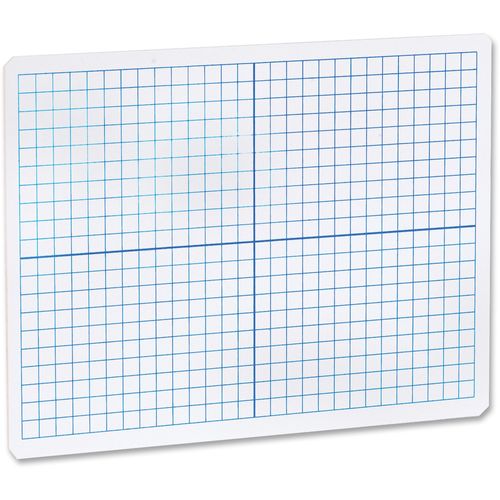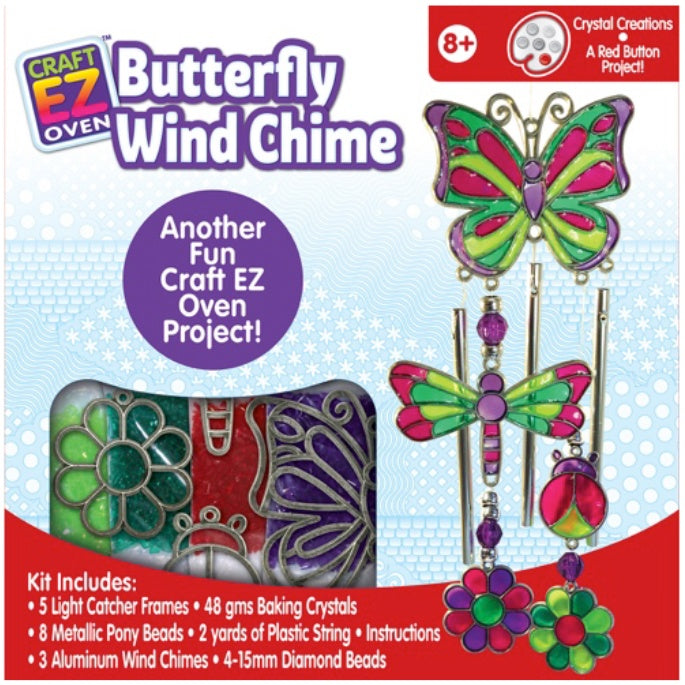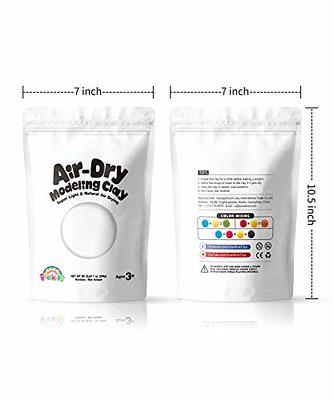Understanding Thread Sizing
4.7 (464) · $ 14.00 · In stock

DetailsHave you ever wondered what the letters in thread sizes stood for? Or why some threads are sized differently? The thread size tells you the thickness of a thread. Getting the proper thickness affects the strength, diameter, sewing machine used, and visibility. It’s an important decision. We’re going to decode thread sizes and show you what each one means and how they compare with one another. When you go to compare the size of two different threads, you’ll want to make sure you’re comparing apples to apples. There are many different methods of measuring thread size, and different countries and industries use different units of measure.Tex is the most consistent of the measuring methods. It uses a fixed length to measure the weight of a thread. Tex is the weight (in grams) of 1,000 meters of thread. Or, in other words, 1,000 meters of thread that weighs 1 gm. = 1 Tex. The higher the tex, the thicker the thread.Denier also measures thread at a fixed length. It is the weight (in grams) of 9,000 meters (or 9 km) of thread. You might recognize the term from descriptions of nylon fabrics, which are often classified by the denier of the threads from which they are woven.Commercial sizes are used for heavy-duty threads for sewing heavy upholstery, canvas or webbing. Commercial sizes are set sizes of 30, 46, 69, 92, 138, 207, 277, 346, 415 and 554. They are the thread’s denier divided by 10. Commercial sizes are standard for marine grade thread (you’ll see commercial sizes on the Sailrite website for our outdoor thread).Here’s a helpful chart that shows how the different sizing methods compare:Tex 70 is the heaviest commercial size recommended for home sewing machines.Heavier threads make your stitching more visible.The thread size measures the thread’s thickness. If another weight is given for thread (like ounces), it refers to the amount of thread on the spool.Thread tends to get stronger as it gets heavier.The tension on your sewing machine will need adjusting when you switch thread weights.Try to use a needle where the eye is 40% larger than the thickness of the thread.Want to learn more about thread? Check out this short video and become a thread expert in minutes!
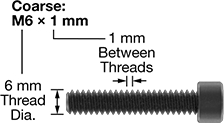
How to Measure Screw Thread Size

Crochet Thread Basics – KnitPal

The Ultimate Guide to Sewing Thread
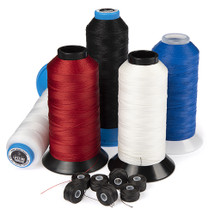
Sewing Thread: Indoor, Outdoor, Nylon, Polyester, Lifetime

Olympic Fly Fishers of Edmonds, Washington

Crochet Thread Basics – KnitPal
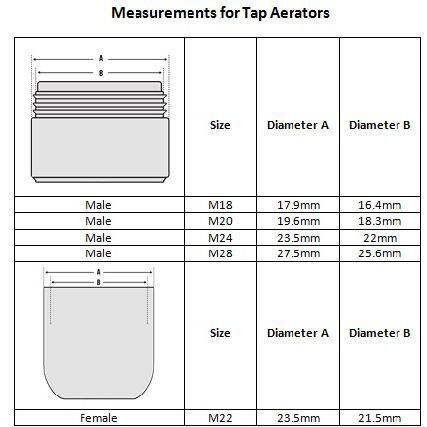
Understanding BSP Sizes & Tap Threads
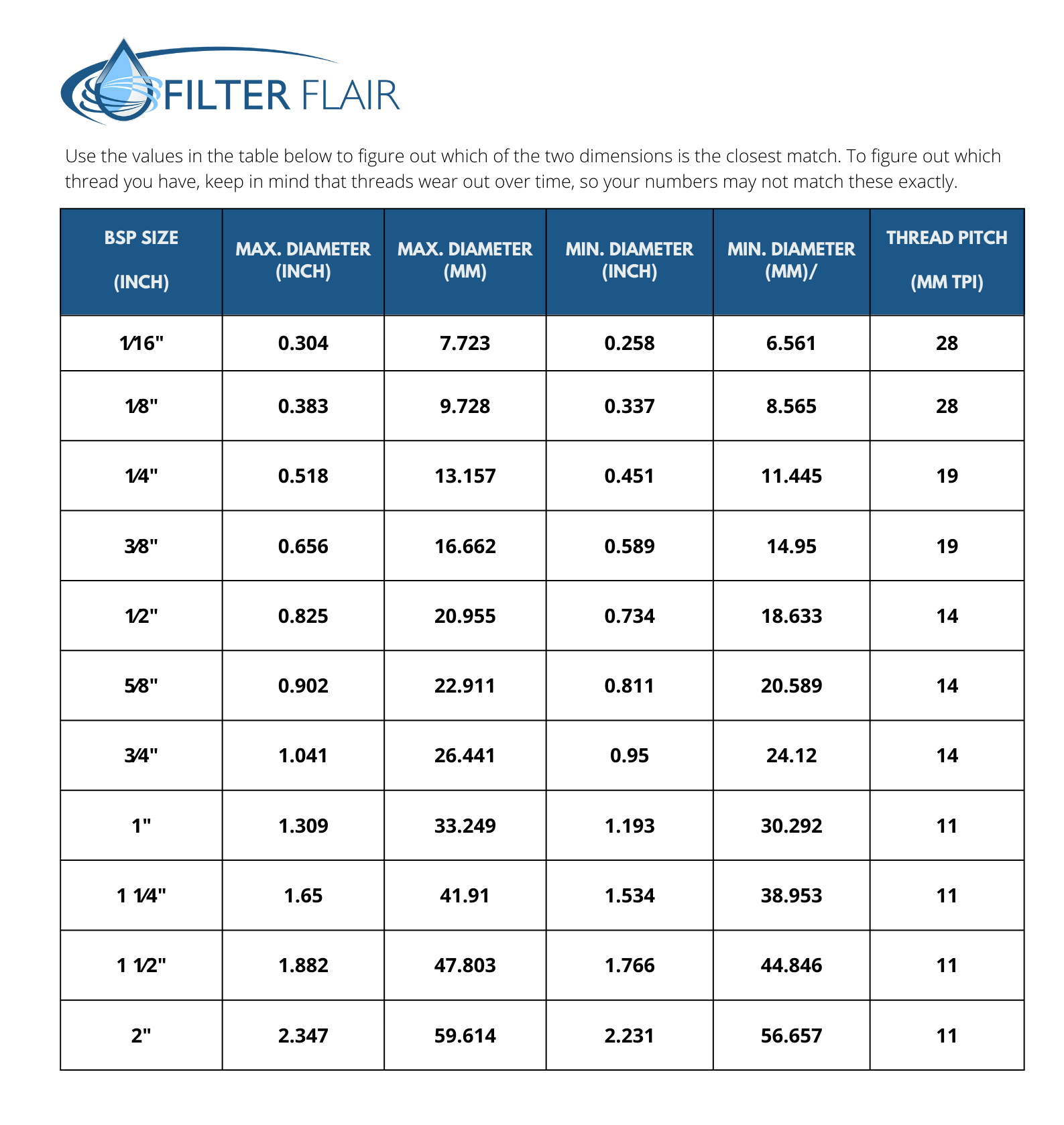
Selecting the Correct Fitting: A Complete Threaded Fitting Size Guide

The Ultimate Guide to Sewing Thread
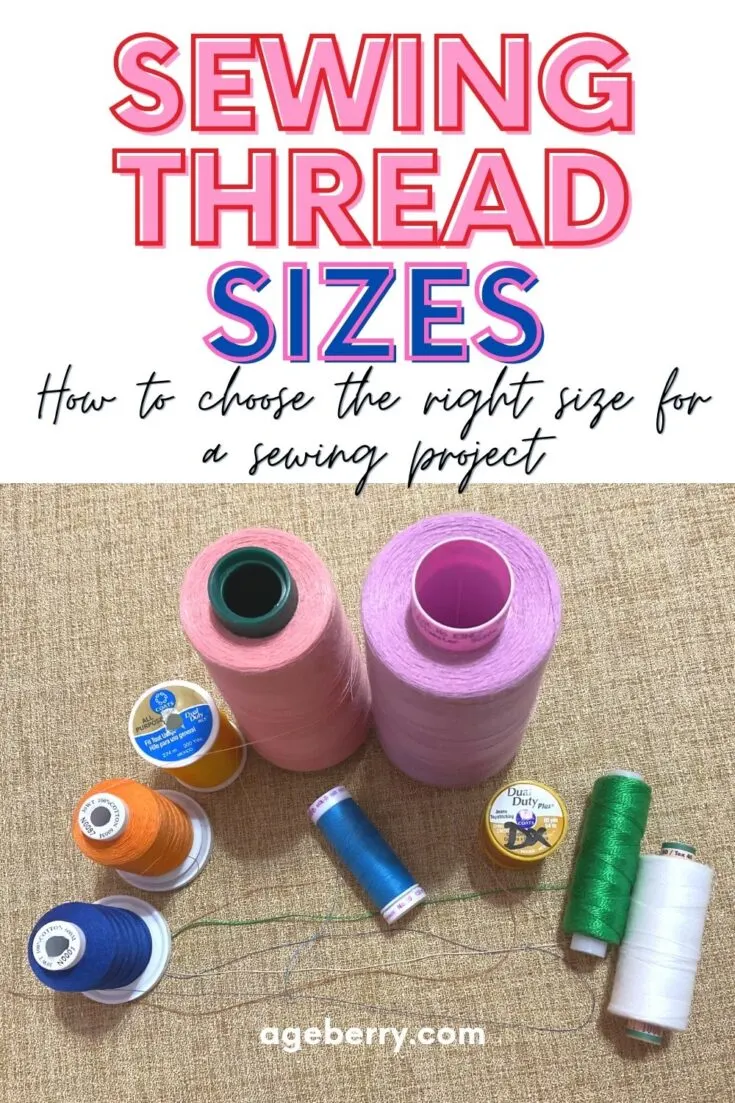
Sewing thread sizes and how to choose
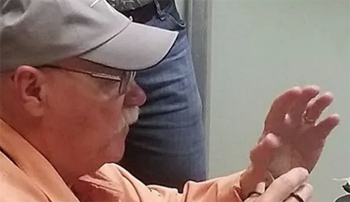
Beginner Fly Tying: It's easier than you think to decipher thread sizes - Fly Life Magazine

How to Understand Sewing Thread - Homemade Emily Jane

Thread And Tube End Size Chart - ACS
The Most Complete Thread Sizes Chart Imperial & Metric
